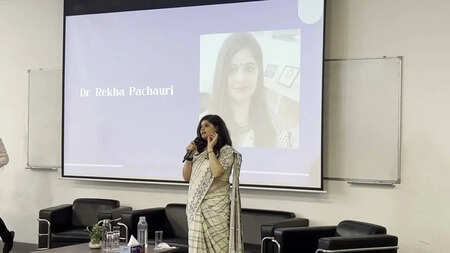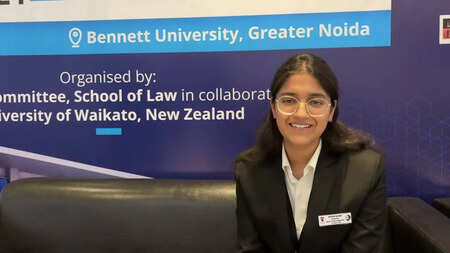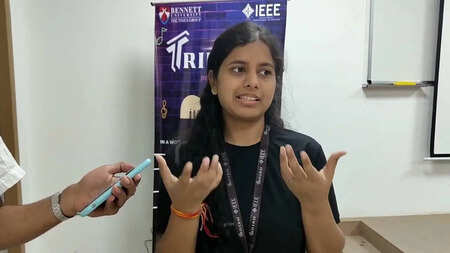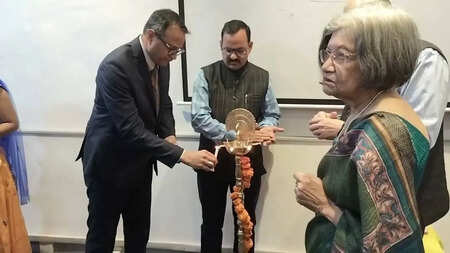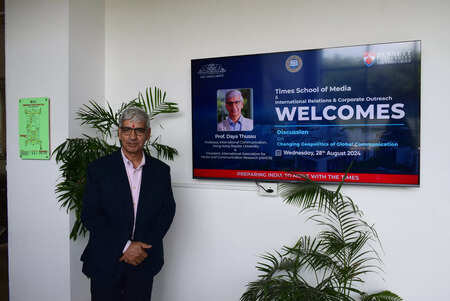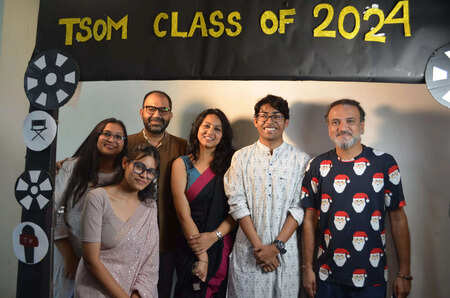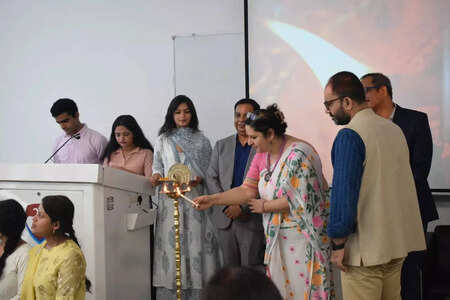The Revolution Of Artificial Intelligence
Times of Bennett | Updated: Mar 28, 2023 13:52

By Shourya Mittal
Therevolution of artificial intelligence (AI) has been a game-changer in many industries. AI has revolutionized the way we work, live, and interact with the world around us. From self-driving cars to virtual assistants, AI has become an integral part of our lives.
One of the most significant impacts of AI has been on the job market. AI has the potential to automate many jobs that were previously done by humans, such as data entry and customer service. However, it has also created new job opportunities, such as data scientists and AI engineers. As AI continues to advance, it is likely that the job market will continue to evolve.
AI has also had a significant impact on healthcare. AI-powered diagnostic tools can analyze medical images and identify potential health issues, allowing doctors to make more accurate diagnoses. AI is also being used to develop personalized treatment plans and to analyze large amounts of medical data to identify patterns and trends.
In conclusion, therevolution of AI has transformed the world we live in. From healthcare to transportation, AI is changing the way we work and interact with the world around us. As AI continues to advance, it is likely that we will see even more dramatic changes in the years to come.
The
One of the most significant impacts of AI has been on the job market. AI has the potential to automate many jobs that were previously done by humans, such as data entry and customer service. However, it has also created new job opportunities, such as data scientists and AI engineers. As AI continues to advance, it is likely that the job market will continue to evolve.
AI has also had a significant impact on healthcare. AI-powered diagnostic tools can analyze medical images and identify potential health issues, allowing doctors to make more accurate diagnoses. AI is also being used to develop personalized treatment plans and to analyze large amounts of medical data to identify patterns and trends.
In conclusion, the


